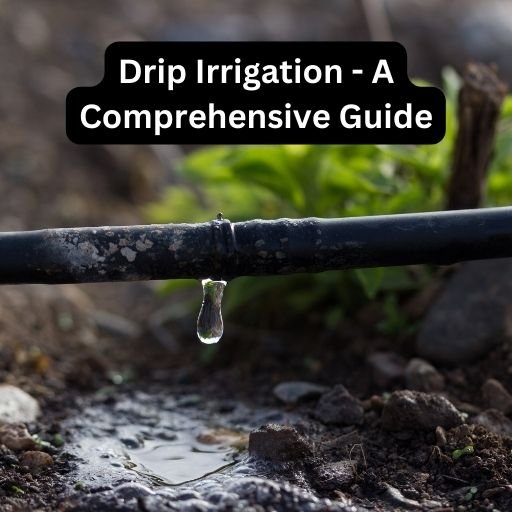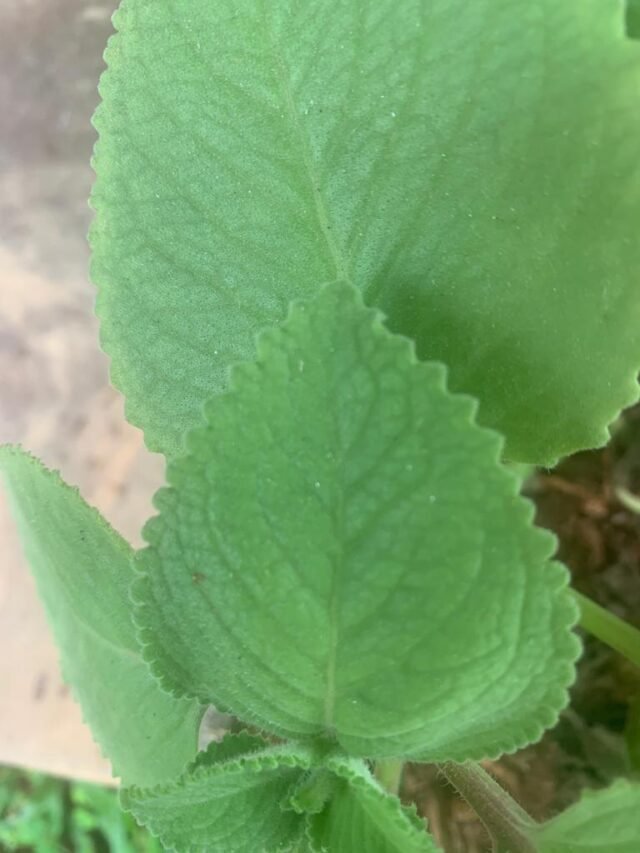Search Below For New Gardening Tips and Tricks with Practicals
How to create a winter garden
Winter gardens are a great way to spruce up your yard and add some color during the colder months. But what plants should you choose? In this article, we’ll give you some tips on how to create a winter garden that will thrive in your climate.
When it comes to creating a winter garden, one of the most important things to consider is location. Ideally, you want to choose a spot that gets plenty of sunlight throughout the day. Your plants will have the best chance of thriving if you do this. If you live in a colder climate, you may need to supplement your garden with grow lights to ensure your plants get enough light.

How to create a winter garden
Another important factor to consider is wind protection. You don’t want your delicate plants to be damaged by strong winds, so choosing a sheltered spot is key. If you can’t find a completely sheltered spot, you can always create your own windbreaks using lattices or fences.
Once you’ve found the perfect location for your winter garden, it’s time to start planning what you’re going to grow!
If you want to create a winter garden, there are a few things you need to take into consideration. First, you need to choose plants that will be able to withstand the cold weather. Some examples of plants that do well in colder climates are pansies, violas, and evergreens. Once you have chosen your plants, you need to make sure they are getting enough sunlight. If possible, try to position your winter garden in an area that gets at least six hours of sunlight per day.
Additionally, you need to make sure your plants are getting enough water. However, be careful not to overwater them as this can cause the roots to rot. Lastly, mulch your winter garden with straw or pine needles to help protect the roots of your plants from the cold weather.
Care
When it comes to creating a winter garden, care is key. Here are some tips on how to keep your winter garden healthy and thriving:
- Choose the right plants. Not all plants are created equal when it comes to surviving the winter. Do your research to make sure you select varieties that can handle colder temperatures.
- Protect your plants from the elements. Depending on where you live, you may need to take extra measures to protect your plants from things like wind, snow, and ice. This might include using covers or wraps.
- Keep an eye on the forecast. Be prepared for changes in the weather and take steps to protect your plants accordingly. This might mean bringing them inside if a cold snap is expected.
- Water regularly. Even in winter, your plants will need water to survive. Make sure to check on them regularly and give them a drink as needed.
- Inspect for pests. Pests can be a problem even in the winter months. Keep an eye out for signs of infestation and take steps to get rid of any pests that you find.
Winterizing
When it comes to creating a winter garden, there are a few things you need to do in order to make sure your plants stay healthy and happy. First, you need to make sure you have the right plants for your climate. Some plants are more tolerant to cold weather than others, so it’s important to do your research before you buy anything.
Once you have your plants, you need to take care of them properly. Regularly water them and fertilize them based on their requirements. Lastly, you need to protect them from the elements. Mulch is a great way to insulate the ground and keep roots warm, and covering plants with a tarp or blanket can help them survive cold nights. With a little effort, you can have a beautiful winter garden that will brighten up even the darkest days.
Conclusion
Creating a winter garden is a great way to add some life to your home during the colder months. By following these simple tips, you can easily create a winter garden that will brighten up your home and help you get through the winter blues.
How to create a winter garden?
Winter gardens are a great way to spruce up your yard and add some color during the colder months.
Discover more from Gardening with Ecorganicas-Source for Organic Gardening Tips
Subscribe to get the latest posts sent to your email.








